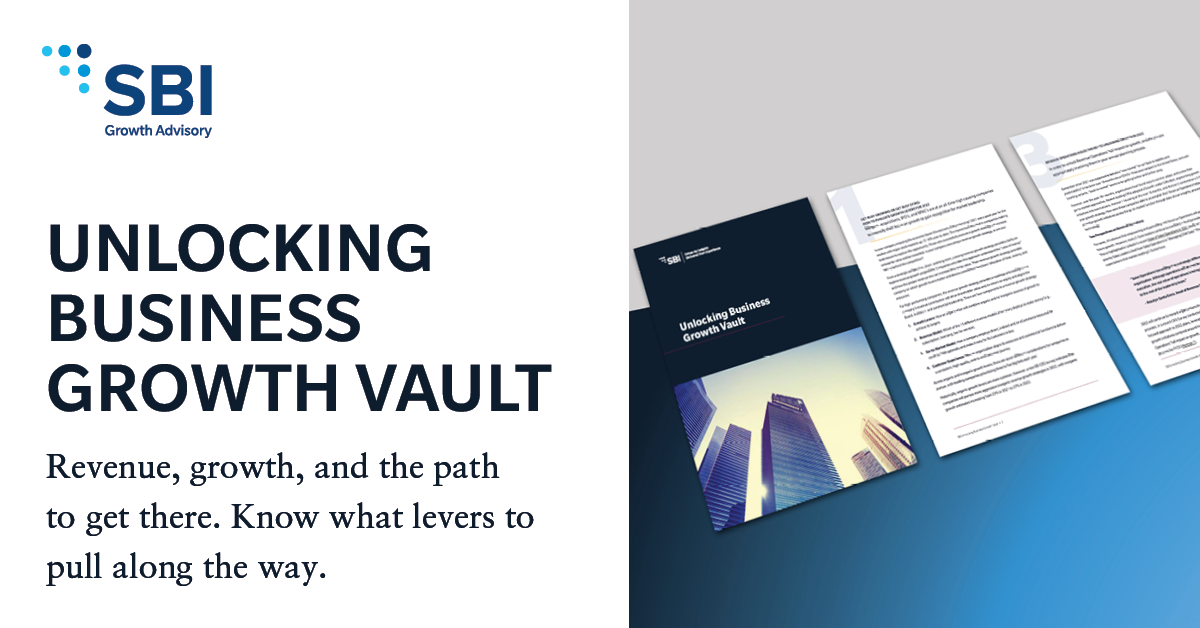What's the most important marketing strategy to increase revenue? It may be your how your marketing tech stacks up!
For many industries and companies, the pandemic has changed sales and marketing forever. In some ways, the changes manifest accelerating trends that were already in motion, and in other ways, the changes are new, permanent disruptions. Of course, every disruption brings both challenges and opportunities. The fact is that marketing is now more virtual and more digital in every industry, forever. This also means that it will be increasingly harder to get in front of your prospects because the digital channels will be more crowded with market noise than ever before.
Revenue Marketing is important because it aligns marketing functions in pursuit of building pipeline. To support the focus and investments needed in this disruption, market leaders identify cross-functional savings, sales and marketing alignment, new efficiencies, and fresh innovations to fuel results, take market share, and leave laggards behind. Are you market-leading or market lagging? Download this Revenue Marketing Strategy Tool to map your company’s approach to Revenue Marketing.
Taking a Holistic View
Let’s walk through the seven key elements of Revenue Marketing. In the end, you’ll probably have a few ideas on where your team can improve to drive better results in 2021.
1. Investment Optimization: Allocate marketing budgets to accounts with the most revenue potential to increase marketing contribution. It seems easy but is difficult in practice. If you underfund marketing, then revenue growth is constrained. Overfund marketing and profits will suffer. Spread a marketing budget across all segments, and you will run out of money quickly without showing results.
Revenue growth is maximized with an objective-based budget and allocation of all marketing dollars.This enables your company to focus on strategies and activities to maximize your Return on Marketing Investment (ROMI). Use a data-driven approach to allocate budget in high-value programs. Each year, use a zero-based budgeting approach to maintain your agility and eliminate programs that did not drive pipeline, revenue, or brand value.
2. Demand Generation: Generate enough of the right leads from the right prospects for sales to exceed the revenue objectives. Simple enough, but it takes research, planning, and focus. Many companies generate their revenue from a lot of small accounts. Companies like this need a large and steady volume of leads to maintain growth. For companies that live and die by the big deal, a focused marketing approach like ABM is critical.
Effective demand generation creates the right volume of qualified leads, which leads to more sales opportunities and revenue growth. Highly targeted and customized content delivered through the right channels will provide the insights that compel target prospects to consider your solutions. As a result, these accounts are easier to obtain, retain, and grow.
3. Digital Marketing: Leverage impactful digital channels to reach the right audience, promote the company brand, and inspire customer action. Definitely not just “spray and pray.” Digital marketing can enhance brand awareness, increase lead generation, and deliver higher lead conversion. The best digital strategies are developed with inputs from market research and a deep understanding of buyer expectations.
Digital marketing is now a key part of every company’s marketing mix and integrated programs. Integration across all channels is critical and will improve data collection and campaign conversion metrics. Coupled with a good tech stack, build a marketing machine that keeps the top of the funnel full and moves prospects through the buyer’s journey.
4. Customer Marketing: Drive more revenue from current customers by increasing cross-sell, up-sell, and retention. Mine the base, plus-plus. When a customer says, “I didn’t know you did that,” that’s an opportunity. If a business depends on increasing the revenue generated from current customers, integrated customer programs can educate them on a broad range of company offerings.
The customer life cycle does not stop once a prospect becomes a customer. Effective customer marketing leads to higher customer retention and increased Customer Lifetime Value (CLTV) through meaningful cross-sell and upsell motions. Thoughtful and value-oriented sales and marketing motions maximize CLTV through sustained education and communication strategies.
5. Partner Marketing: Increase mindshare and wallet share with every channel partner by offering the right program features, incentives, and engagement programs. Mindshare is everything. A sound channel sales strategy results in each partner meeting their revenue targets.
To be most effective, companies should focus their attention on the partners that consistently over-perform and take constructive action to address under-performance. When partner marketing is executed properly, it leads to better partner engagement, higher partner retention, and increased revenue. High-performing partners are in high demand to represent other solutions - marketing is the best way to maintain and improve your partner relationships.
6. Product Marketing: Translate product features into value messaging that buyers connect with and resonates with their business needs. Good messaging leads to good results. Product features and technical functionality are important. Unfortunately, it’s well established that fancy features are not always enough to motivate buyers to purchase a product.
Buyers want to understand the unique value a product will provide and what ROI they can expect. Great product marketing translates features and functionality into value propositions and competitive advantages that resonate with buyers. Value messaging is what creates effective marketing campaigns, equips sales with enablement, and delivers outsized revenue growth.
7. Marketing Tech Stack: A scalable technology ecosystem to support full-stack digital marketing and empower better decision-making within marketing. You need to measure to manage. Newer cloud-based offerings are easy for marketing teams to buy and use, but these tools also need to be integrated, and data integrity needs to be maintained. Whether built for B2C or B2B, these investments will lead to better data-driven decision-making.
By giving teams more agility with enriched real-time information, companies can quickly adjust their marketing investments to meet the changing buyer preferences. Power all marketing programs—from always-on digital to ABM—with an integrated and scalable martech stack that’s designed to support the business needs. Analyze customer interaction data to provide predictive guidance for future direction.
Bringing It All Together
As we’ve seen in 2020, marketing organizations are navigating seismic changes in strategy, programs, and where to find results. Revenue Marketing provides a holistic approach for you to take the lead while your competitors are still finding the right map—and it’s not on Google. To help you get started, we’ve made it easy to evaluate your company with this Revenue Marketing Strategy Tool. If you need some more ideas and support in digital transformation, SBI is here to help. Click here to contact us and schedule a commitment-free consultation on digital sales and marketing or your revenue marketing strategy to deliver outsized growth.
Download our free resource: Unlocking Business Growth Vault


